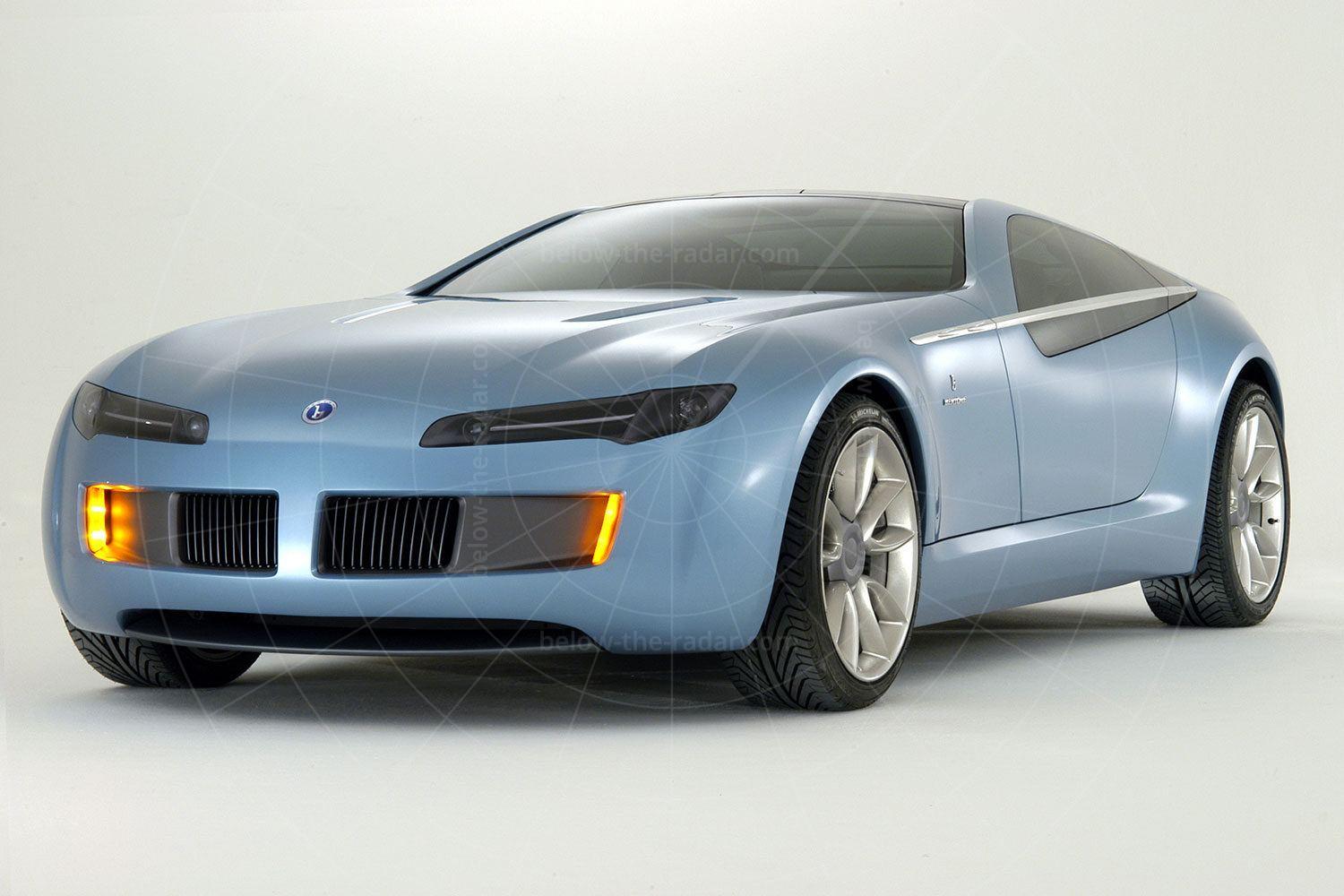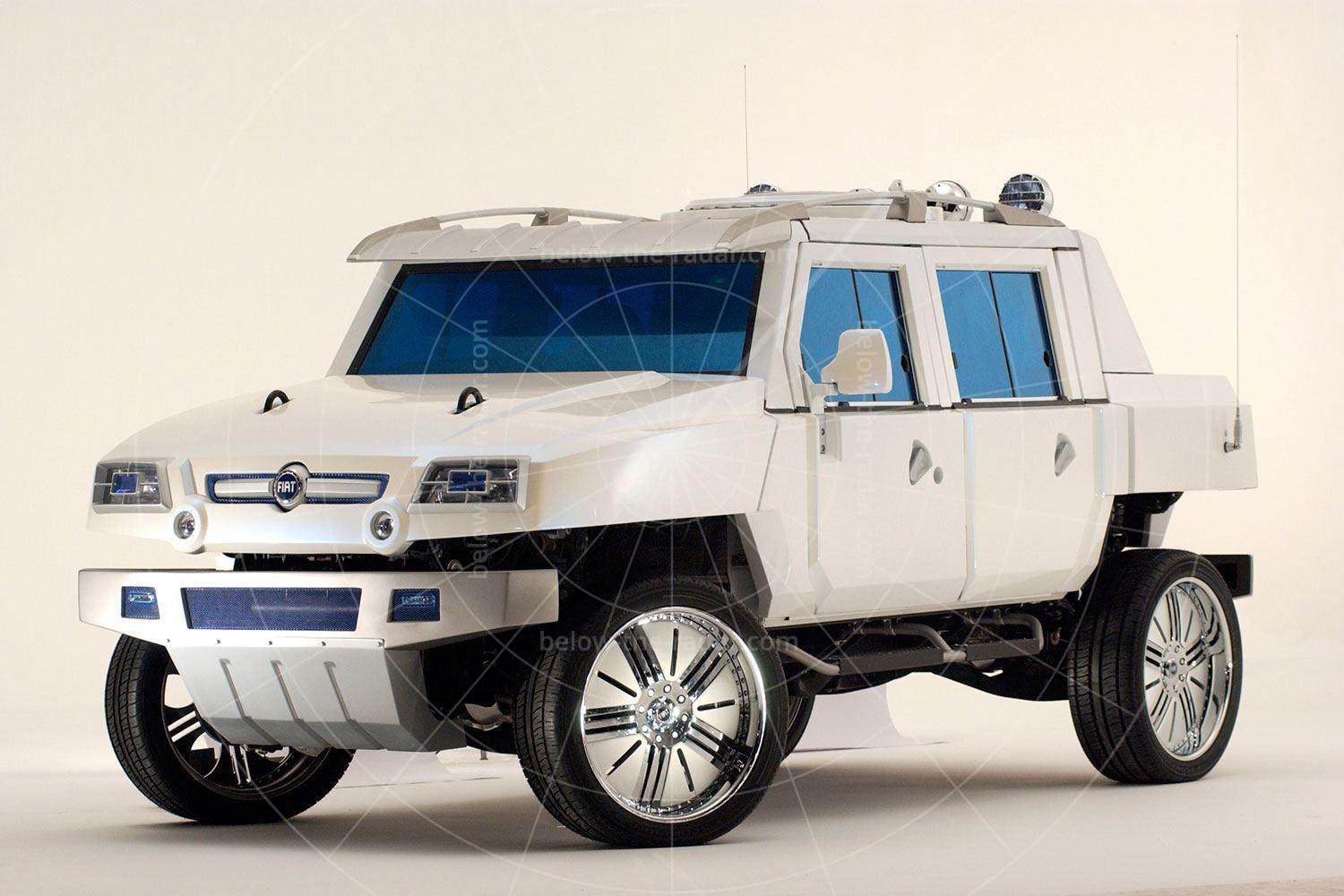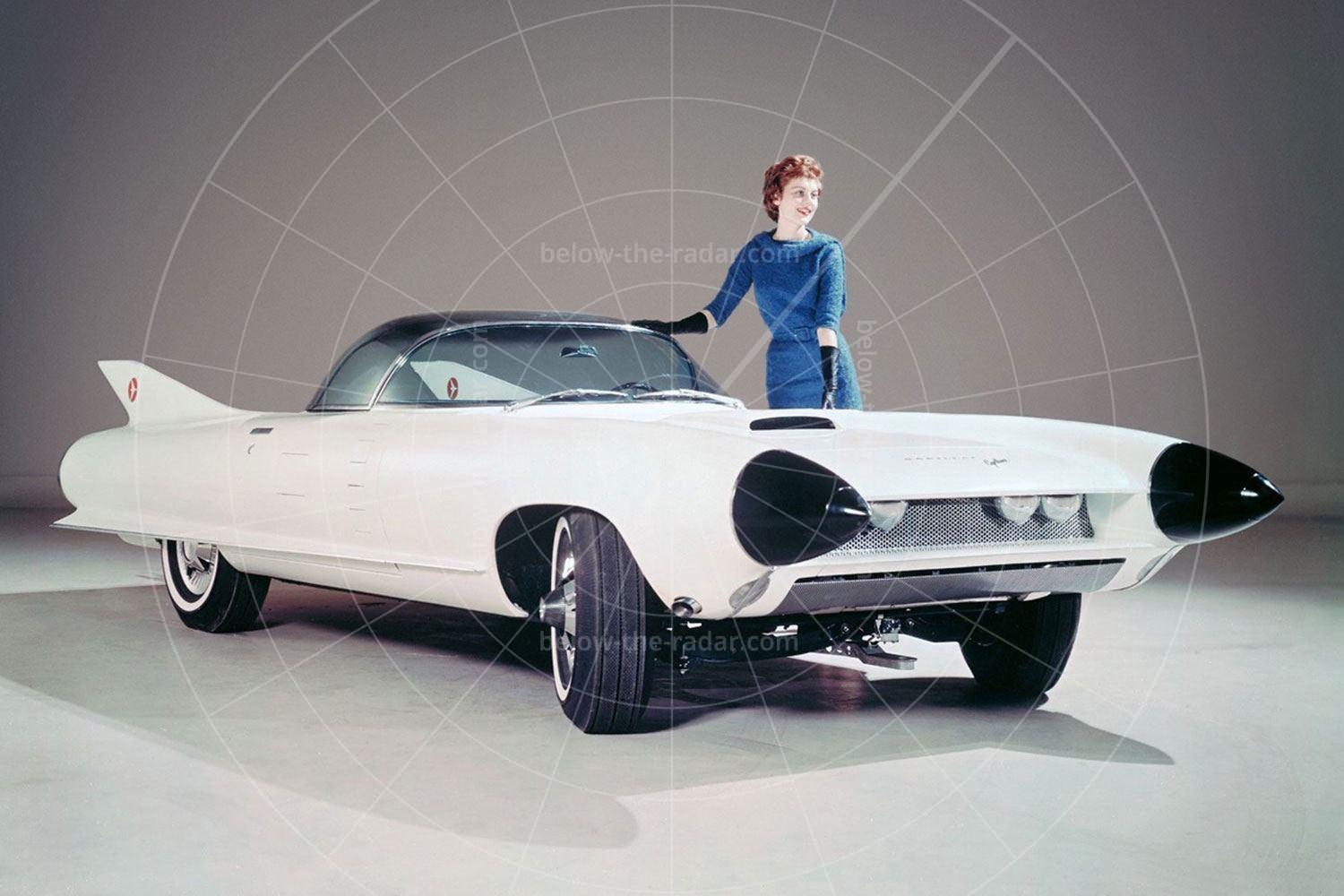Bertone can always be relied upon to come up with something pretty neat for any of the major European motor shows, but it’s rare that the styling house comes up with something truly wacky. The Birusa is a case in point, because although it looks sensational, it also appears like the sort of car that could actually make it to the showroom.
Indeed, Bertone claimed that something similar to the Birusa could realistically enter production soon after its 2003 Geneva motor show introduction, although numbers would necessarily be limited by the fact that the concept was based on BMW’s mega-expensive Z8. Using the Z8’s floorpan and mechanicals meant a front-mounted 5.0-litre V8 engine was part of the package, with 400bhp channelled through a six-speed manual gearbox to the rear wheels.
The design of the Birusa conveyed energy and aggression, with its smooth, low-slung two-door coupé profile. At the front there was a hint of BMW’s corporate grille, with inset indicators, while at the rear there was a single full-width rear light which incorporated the tail and brake lamps along with the indicators. As was becoming increasingly common with concept cars of the time, the rear view mirrors were replaced by small cameras mounted in the rear panels of the car – these relayed pictures to a monitor on the dash.
An aluminium flash swept along much of the car’s profile, and as well as housing the door push buttons there were air vents to allow the engine bay to keep its cool. The gullwing doors were made of carbon fibre, to ensure they were incredibly light yet also very stiff. Despite their low weight they were still electrically assisted and the rear window, which was made of heat-resistant glass, was made up of two panels which slid under the boot lid, to open up the cabin like a large sunroof.
The interior was built for grand touring, although the cradle-style design of the seats was inspired by that of racing cars. A large central tunnel bisected the cabin and to help the driver get in and out the seat slid backwards when the door was opened, so that the steering wheel didn’t get in the way.
Because the Birusa was developed in conjunction with Trend & Design, the newly founded styling division of Alcantara SpA, there were plenty of surfaces trimmed in suede-like Alcantara. To keep the cabin cool, climate control was fitted and the interior was guaranteed to always feel light and airy thanks to the roof, which was made of laminated safety glass – which also filtered out the UV rays.
Operating the glass roof and a multitude of other functions, was a voice-activated control system. This would respond only to registered users, so that unauthorised users wouldn’t be able to activate any of the on-board systems. Developed by Loquendo VoxDrive, the technology was called the Loquendo Automatic Speech Recognition System; it was multi-lingual and featured a safety net which ensured nothing was activated without the operator first confirming that they wanted something activated. Bose was also involved in the construction of the Birusa’s interior, with the fitment of two bass modules and 11 speakers throughout the cabin, to offer a powerful, focused sound.
So far everything has been fairly predictable, but the Birusa did have something never seen before – the facility to carry a Segway Human Transporter. Rather than just provide a space in the boot for the Segway, Bertone worked in conjunction with Segway to produce an example of the Transporter which mirrored the Birusa. That meant it was fitted with a Bose sound system, plenty of Alcantara and a navigation unit. Funny how the concept has never caught on…
And if you’re wondering why the name Birusa was chosen – it comes from the Piedmontese for a brilliant, extremely resourceful person, known as a biross.
| Vital statistics | |
|---|---|
| Debut | Geneva 2003 |
| Engine | Front-mounted, 4941cc, V8 |
| Transmission | 6-speed manual, rear-wheel drive |
| Power | 400bhp |




















